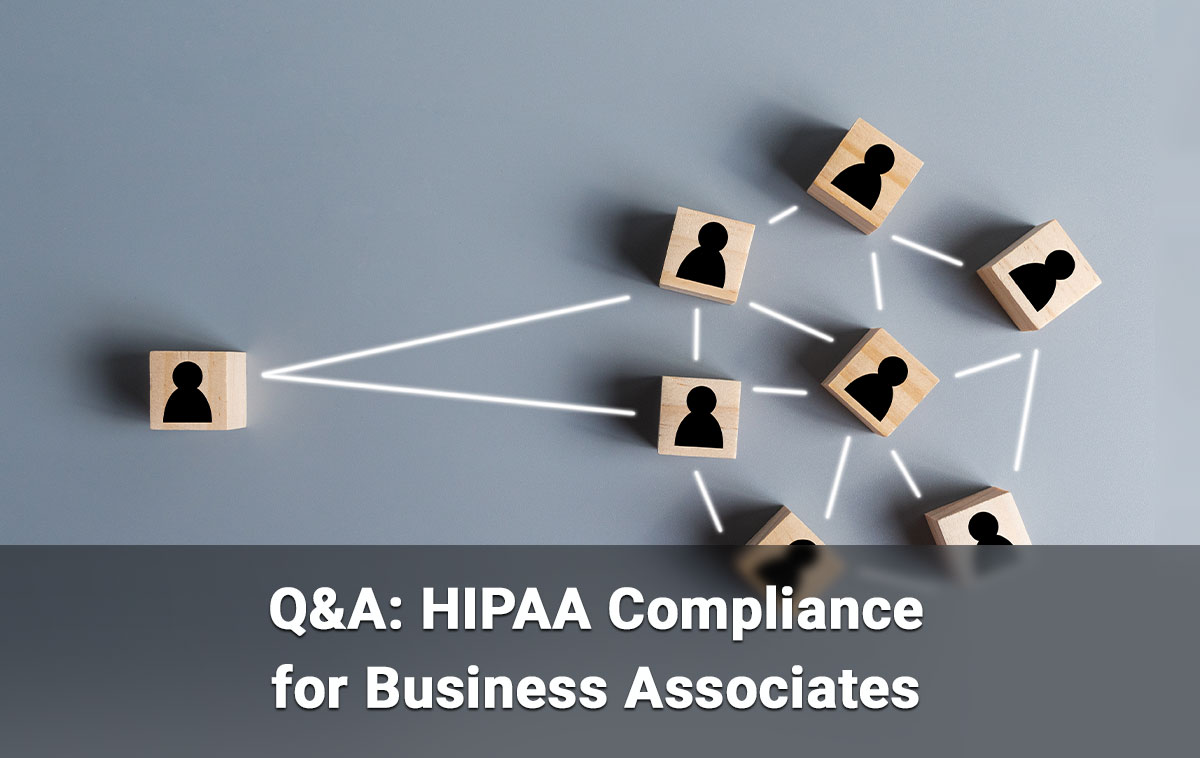Avoid OSHA Violations In Your Medical Office
Under the Occupational and Safety and Health Act of 1970, employers are responsible for providing safe and healthful workplaces for their employees. According to Robert Kulick, OSHA regional administrator, employers and employees must work together to identify and eliminate potential hazards. A serious OSHA violation occurs when there is substantial probability that death or serious physical harm could result from a hazard about which the employer knew or should have known.
On March 26, 2013 , OSHA fined a New York medical practice for inadequate worker safeguards against bloodborne pathogen hazards. The citations included lack of written exposure control program outlining the protective measures used to eliminate or minimize workers’ exposure to blood and other potentially infectious materials, failing to provide employees training and properly fitted protective wear , failing to offer Hepatitis B vaccine to at risk employees, allowing sharps containers to overfill and allowing employees to recap non-engineered contaminated needles. This practice was cited for many of the most common violations in medical offices. (See below ***)
The Top 10 OSHA Citations In Medical Offices (Casey, Medical Office Today) are the following:
***1. Failure to implement and maintain an exposure control under BPP Standard
***2. Failure to train under BPP Standard
***3. Failure to engineer out hazards/ensure hand washing under BBP Standard
***4. Poor housekeeping under BBP Standard
5. Failure to implement and maintain a written a Hazard Communication Program
***6. Failure to make the Hepatitis B vaccination available under BBP Standard
7. Failure to prepare exposure determinations under BBP Standard
***8. Failure use personal protective equipment under BBP Standard
9. Failure to provide post exposure Hepatitis B vaccination under BBP Standard
***10. Failure to train employees under Hazard Communications Standard
To avoid potential areas of noncompliance regularly audit your practice for safety and health hazards. Employee training and periodic refresher training is essential, especially regarding Bloodborne Pathogen and Hazard Communication education. Please refer to OSHA requirements for Bloodborne Pathogens Standard and Hazard Communication Standards:
Bloodborne Pathogens Standard
(29 CFR 1910.1030)
- A written exposure control plan, to be updated annually
- Use of universal precautions
- Consideration, implementation, and use of safer, engineered needles and sharps
- Use of engineering and work practice controls and appropriate personal protective equipment (gloves, face and eye protection, gowns)
- Hepatitis B vaccine provided to exposed employees at no cost
- Medical follow-up in the event of an “exposure incident”
- Use of labels or color-coding for items such as sharps disposal boxes and containers for regulated waste, contaminated laundry, and certain specimens.
- Employee training.
- Proper containment of all regulated waste
Hazard Communication
(29 CFR 1910.1200)
The hazard communication standard is sometimes called the “employee right-to-know” standard. It requires employee access to hazard information.
- A written hazard communication program
- A list of hazardous chemicals (such as alcohol, disinfectants, anesthetic agents, sterilants, mercury) used or stored in the office





